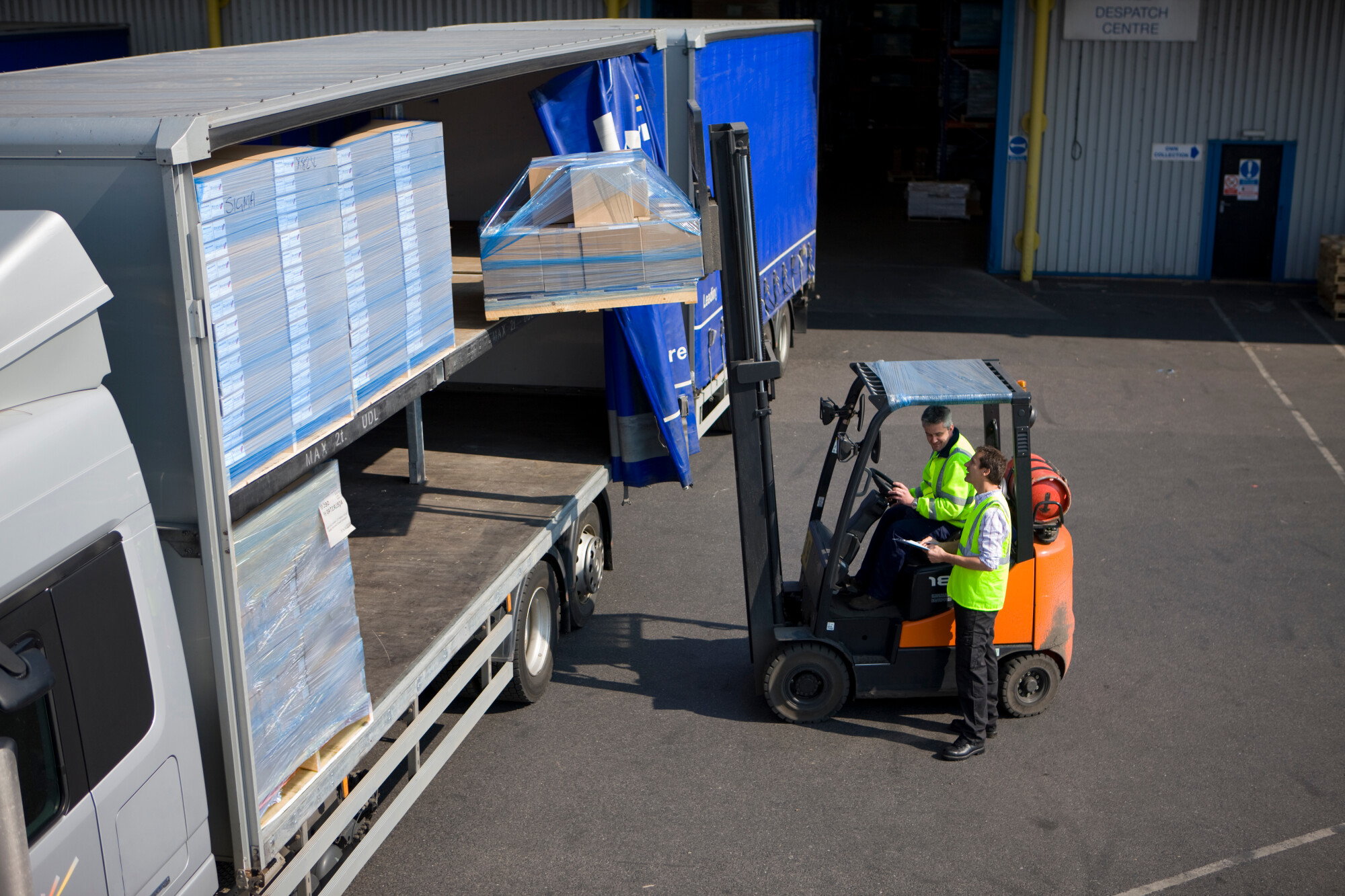When it comes to renting or buying a forklift, you must choose the right type of forklift for the job at hand. There were over 7,000 forklift-related accidents in 2020, and making sure you have the right types of forklifts is a good way to prevent you from having an accident of your own.
In this article, we’ll take a quick look at the different types of forklifts and what you need to know about each one so you can choose the right forklift for you.
Standard Warehouse Forklifts
These are the types of forklifts that you’ll see in just about every warehouse. They are fitted with a flatbed and a long, wide fork so that they can move pallets. They can be used indoors and outside.
Warehouse forklifts are now being made available as an electric option, making them perfect for environmentally conscious users.
Telescopic Handlers
Telescopic handlers or “Telehandlers” are somewhere between a forklift and a crane. They have a boom arm so the forks can be extended to reach higher places. They can handle a lot of weight and tough terrains.
Telehandlers are often used in construction. They’re often used because they’re a cheaper, smaller, and more maneuverable alternative to a crane.
Rough Terrain Forklift
Rough terrains forklifts are designed for outdoor use. They are the 4×4 of the forklift world, and you can expect them to have four-wheel drive.
The tires on a rough terrain forklift are threaded and oversized, giving you all the stability you need on rough terrain.
Walkie Stacker
Technically, the walkie stacker isn’t a forklift. It doesn’t have a cab like other forklifts. The walkie stacker is more of an advanced pallet jack and is perfect for warehouses where size is a concern.
Instead of sitting in the cab, the user walks behind the walkie stacker. They’re perfect for moving and lifting materials around the warehouse.
Order Picker
Again, the order picker isn’t a forklift. It’s similar to a walkie stacker, but it is designed to lift personnel too. They can lift personnel up to 36 feet.
Order pickers are used so that personnel can inspect loads without having to lift the whole load down.
Counterbalance Forklift
On the surface, a counterbalance forklift looks a lot like a regular warehouse forklift, but there are a few subtle differences. The forklift is weighted at the back of the vehicle, making it more stable when lifting heavier loads.
Counterbalance forklifts are also used in warehouses, and they’re often chosen over standard warehouse forklifts because they are more reliable when moving loads.
Industrial Forklift
Industrial forklifts are capable of handling loads up to around 15 tons, making them the ideal choice for bigger loads. They’re as maneuverable as the standard forklift, but they also have a boom arm.
It isn’t as long as what you’d get with a telehandler, but it still gives much more reach than a standard forklift.
Understanding the Different Types of Forklifts
There are several different types of forklifts. Understanding what each one is designed to do will help you choose the right forklift for the job at hand.
Superior Industrial Products offers all types of forklifts, as well as parts and repair services. If you have any questions for us, click here to contact us today.

